URBAN ANZAC
A few years ago I attended an architectural conference in Melbourne.
Students from the University of Melbourne School of Architecture conducted a guided tour by bus of their cities newest marvels.
The Ashton Raggatt McDougall designed Shrine of Remembrance Visitor Centre, completed in 2006, was on their programme. It is a new insertion sitting below the Shrine on the city side.
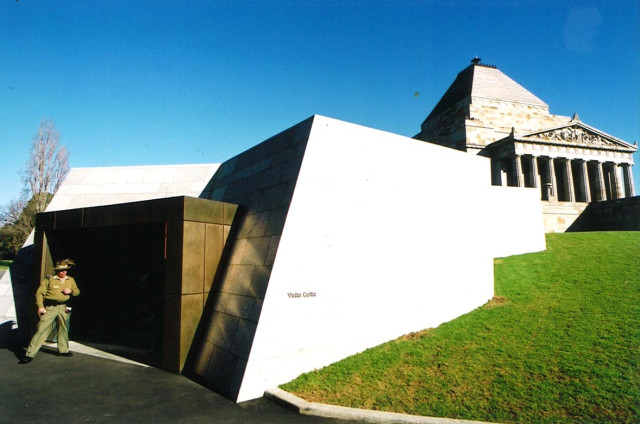
Back on the bus, a refined English architect I had been sitting next to asked, ‘why do you Australasian’s spend so much money keeping alive the memories of wars held so many years ago?’
To which I replied, ‘well you English called upon many thousands of us colonials to be cannon fodder in far-away wars that were none of our business.’
He took such umbrage that he got up and moved to the back of the bus.
Later that evening at the official opening of the conference, he came up to me and apologised for his reaction. He said he had been thinking about it, and that I had a point.
He then gave me his business card; he was the president of the R.I.B.A.
Without wishing to delve into the design of various global public memorial spaces (in respect of the holocaust and nasty battles over the ages) I find our Anzac response most interesting.
Notwithstanding the huge emotional content in ‘Lest we Forget’, it’s worth commenting architecturally on the Anzac influence on urban space making, especially given the generous funding that arises for such projects.
In August 2012 the government commissioned The Arras tunnel enabling the Pukeahu park precinct platform to be established over it.
The tunnel’s opening ‘walk thru’ attracted thousands of inquisitive visitors.
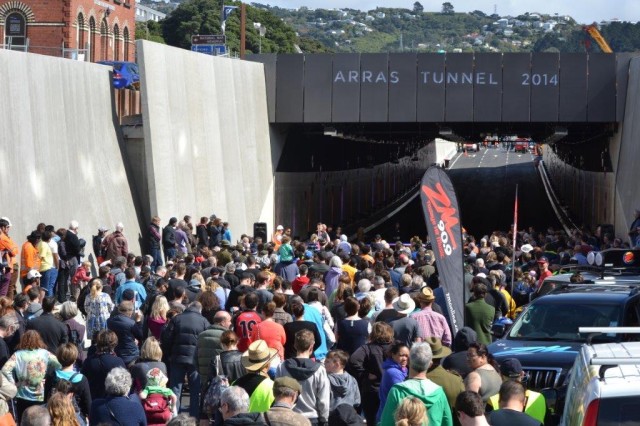
The public events at the recently completed precinct have attracted even more visitors.
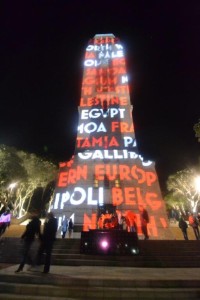
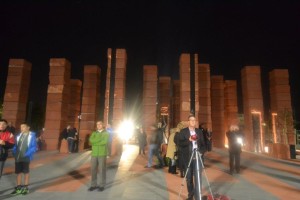
The Australian memorial, sitting astride the old museum/carillion axis, may well be built of Indian red stone and Chinese Granite, but at least the trees are Australian.
Its powerful presence is the result of an architectural competition won by Zulaikhar Tonkin Greer.
Shelters at either end of the precinct are timber butterflies adding considerably to the ambience.
Compare this with Auckland’s War Memorial perched on a grassy knoll overlooking the city that it is almost completely disconnected from.
Apart from the excellent public spaces recently created along its waterfront, Auckland largely remains as a group of buildings in a large paddock, criss-crossed by motorways
The urban form of Wellington enables this new public space to integrate perfectly with surrounding streets, seamlessly knitted into the urban framework.
Less heralded than Pukeaku but no less successful, is the new ‘Spanish Steps’ project at the other end of the city, also completed in time for the ‘big day’
It links the Cenotaph to Parliament, making another great connection between two significant urban spaces.
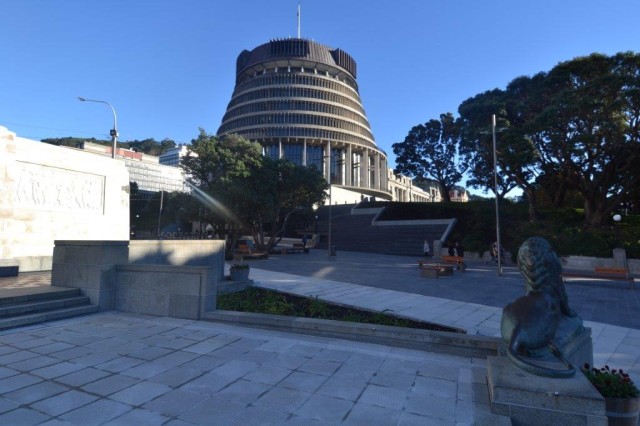
The Anzac spinoff seems to be ongoing, with an alliance between the Memorial Trust and Wellington City to make Victoria St. more people and less car, oriented.
I must conclude that despite the horror, the sacrifice and the tragedy of war, humans are capable of creating a shared beauty out of the ashes.
